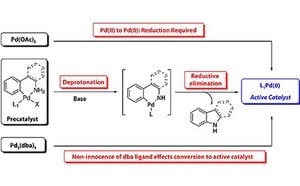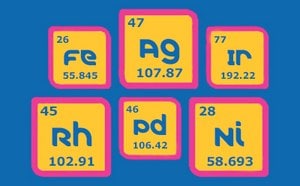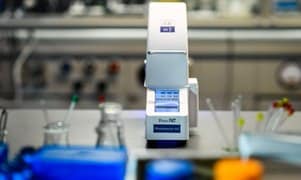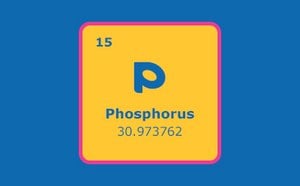Reaction Design & Optimization
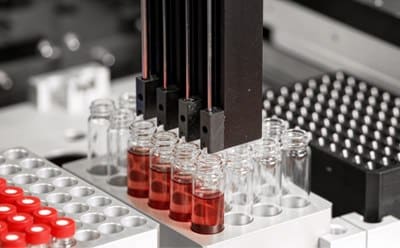
Chemical reaction design and optimization is vital in organic synthesis research. By altering the reaction parameters (catalyst, pH, solvent, temperature, or time), certain outputs (cost savings, purity, selectivity, or yield) can be achieved. In optimizing chemical reactions, flexibility, precision and reproducibility are required of the synthesis tools with which the experiments are carried out. In designing chemical reactions, focus is placed on building a synthetic pathway to a target molecule from commercially available starting materials.
A “disconnected approach” is typically taken, where focus is placed on the construction of key bonds. The process is broken down into simple steps, working backwards from the target molecule rather than forwards from the starting material. While many chemists resort to their extensive reaction knowledge to make these synthetic routes, there are now many software tools, such as SYNTHIA™, which allow users to easily analyze custom pathways for known and novel molecules against search criteria.
Featured Categories
Buchwald Catalysts and Ligands enable versatile cross-coupling reactions for C-C, C-N, and other bond formations.
Buchwald Catalysts and Ligands enable versatile cross-coupling reactions for C-C, C-N, and other bond formations.
Photocatalysis utilizes visible light to activate a chemical reaction. Our extensive portfolio of catalysts and photoreactors enable consistent reactions in photoredox catalysis.
Explore a wide array of phosphine ligands for cross-coupling reactions and diverse applications.
Several experimental methodologies can be employed in reaction optimization. In a trial and error, or one variable at a time, approach, all experimental inputs are kept constant, except one, to record a certain output. A series of reactions are performed until an optimum is determined. Another variable is then chosen, and the process repeats itself until all inputs have been probed and a set of optimal inputs have been established.
A multi-parameter, or “design of experiments”, approach varies factors simultaneously from their lowest to highest value to find optimal conditions more efficiently. The different combinations are executed in the same set of experiments. Additional experiments are run between low and high factors to determine intrinsic variability. The values can be represented in a cube to illustrate the relations between the factors and the responses. For this optimization process to be successful, attention must be paid to reproducibility by performing the reactions in a systematic manner and controlled framework.
After a viable synthetic pathway to synthesize the target molecule is found countless additional hours are put in to optimize each chemical reaction to make the product better, faster, or more efficient. Utilizing chemical reaction design optimization can lead to scientific breakthroughs more rapidly.

Figure 1.Reaction Optimization Table
Visit our document search for data sheets, certificates and technical documentation.
Related Articles
- Molecular sieves selectively adsorb molecules, crucial for various industrial processes.
- Discover Professor David MacMillan's groundbreaking metal-free asymmetric catalysis using imidazolidinone-based organocatalysts for versatile transformations.
- A wide range of NHC ligands are commonly available which exhibit high activities.
- All of the preformed catalysts used in the kit are air and moisture stable complexes in their commercially available form.
- KitAlysis High-Throughput Screening Kits enable efficient identification and optimization of catalytic reaction conditions.
- See All (83)
Related Protocols
- Proper laboratory glassware cleaning techniques are crucial for high-quality results in experiments and research.
- Acetylene chemistry's versatile applications from organic synthesis to bioorganic chemistry demand efficient synthesis methods.
- SnAP Reagents facilitate synthesis of saturated N-heterocycles for diverse structures.
- A step-by-step protocol guide for KitAlysis Suzuki-Miyaura Cross-Coupling Reaction Screening Kit.
- KitAlysis™ Cu C-N (Buchwald-Hartwig) cross-coupling high-throughput screening kit. Detailed Set-Up User Guide and a downloadable excel file for calculations.
- See All (8)
Find More Articles and Protocols
How Can We Help
In case of any questions, please submit a customer support request
or talk to our customer service team:
Email custserv@sial.com
or call +1 (800) 244-1173
Additional Support
- Chromatogram Search
Use the Chromatogram Search to identify unknown compounds in your sample.
- Calculators & Apps
Web Toolbox - science research tools and resources for analytical chemistry, life science, chemical synthesis and materials science.
- Customer Support Request
Customer support including help with orders, products, accounts, and website technical issues.
- FAQ
Explore our Frequently Asked Questions for answers to commonly asked questions about our products and services.
To continue reading please sign in or create an account.
Don't Have An Account?